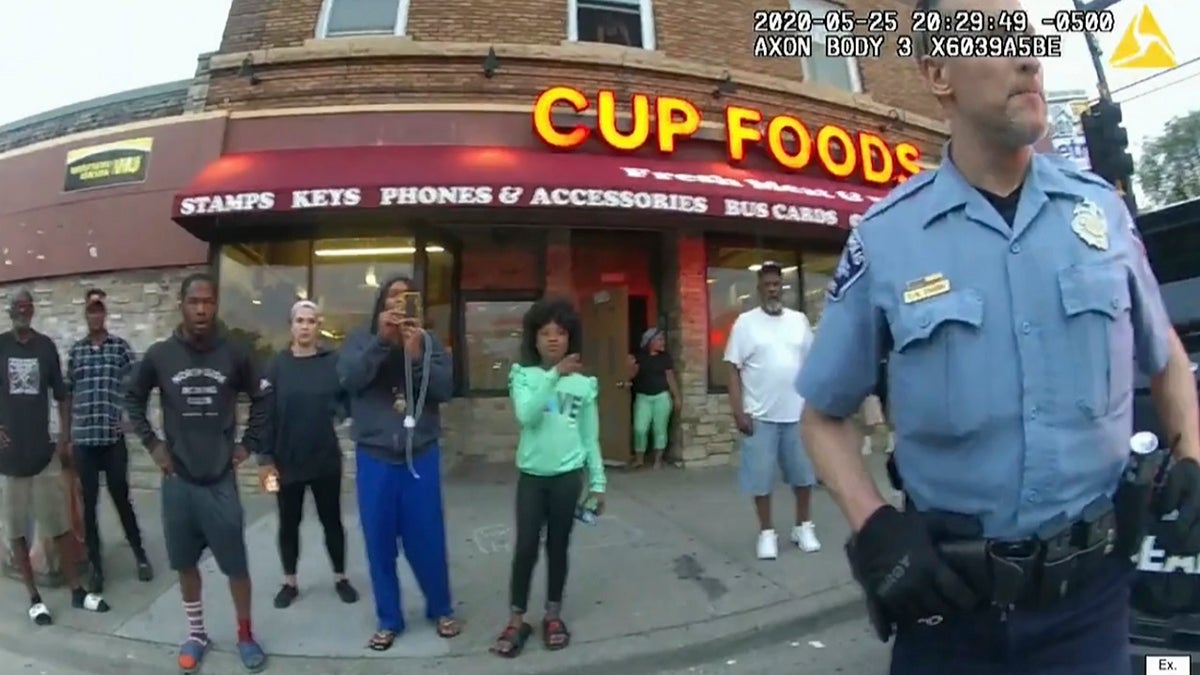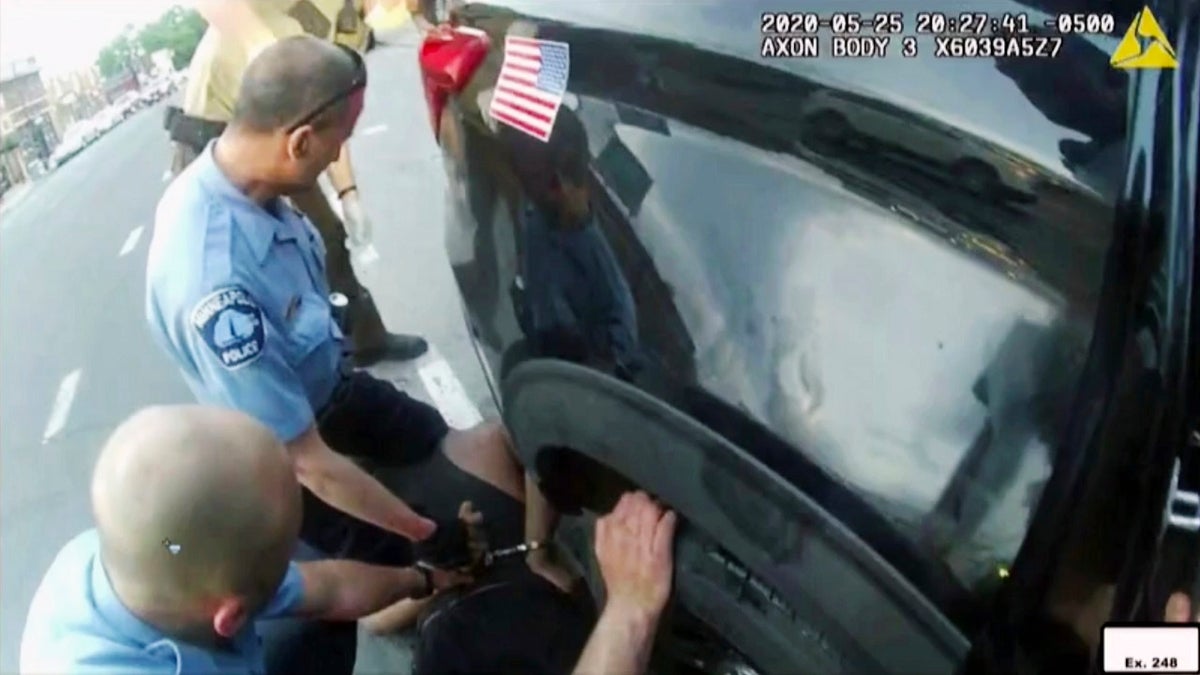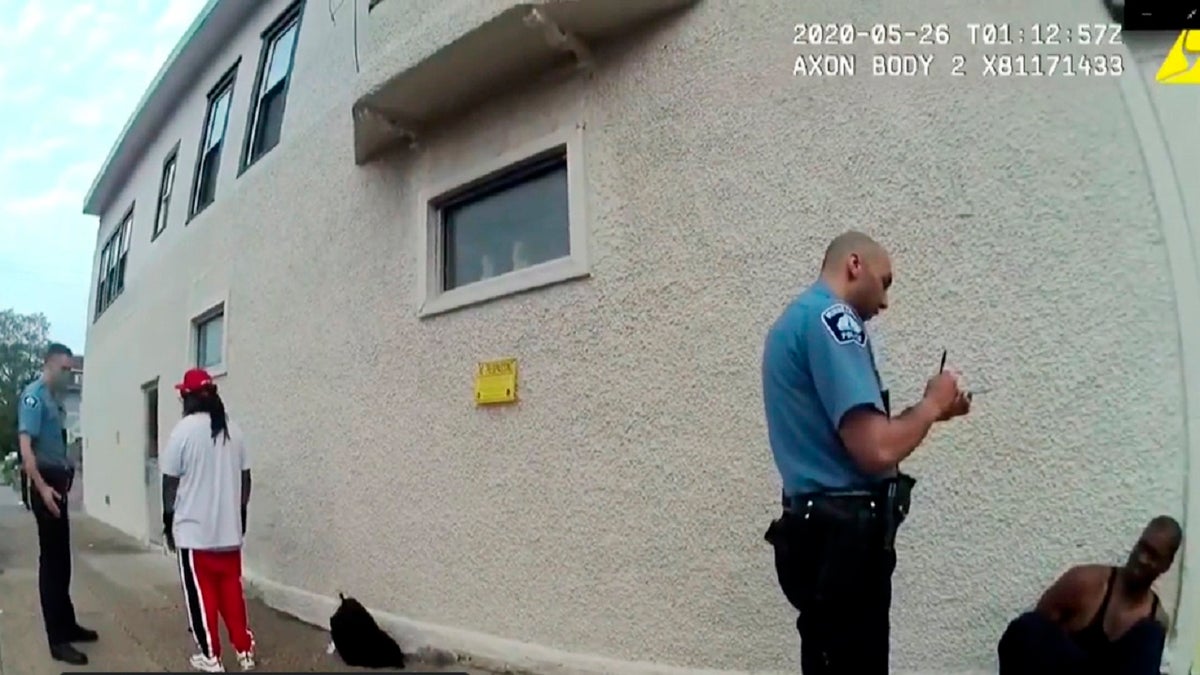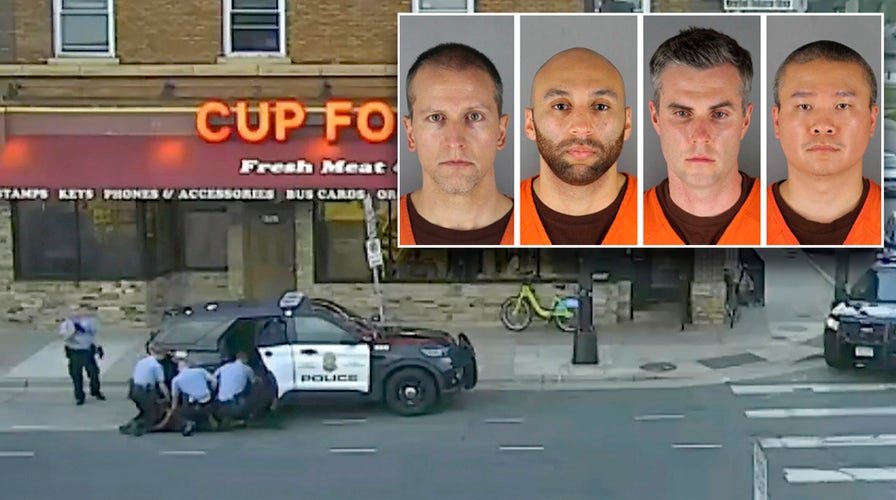Fox News Flash top headlines for February 8
Fox News Flash top headlines are here. Check out what's clicking on Foxnews.com.
ST. PAUL, Minn. — A Minneapolis police officer who oversaw medical training for two of the three former officers charged with violating George Floyd's civil rights testified Tuesday that the officers were taught to give CPR as soon as they fail to find a pulse on someone.
Officer Nicole Mackenzie, the department’s medical support coordinator, took the stand for a second day in the federal trial of J. Alexander Kueng, Thomas Lane and Tou Thao. She testified Monday that Kueng and Lane were in a police academy "emergency medical responder" class that she taught, which covered first aid, ethics in care and how to hand people off to paramedics. On Tuesday, Mackenzie also discussed refresher training that Thao would have received.
"If you can’t detect a pulse after about 10 seconds, then you should begin CPR," Mackenzie testified.
MINNEAPOLIS POLICE TRIAL: GEORGE FLOYD DIED BECAUSE HIS BREATHING WAS RESTRICTED, EXPERT TESTIFIES

This combination of photos provided by the Hennepin County Sheriff's Office in Minnesota on June 3, 2020, shows, from left, former Minneapolis police officers J. Alexander Kueng, Thomas Lane and Tou Thao. (Hennepin County Sheriff's Office via AP, File)
Kueng, Lane and Thao are accused of depriving Floyd, 46, of his rights when they failed to give him medical aid as Officer Derek Chauvin knelt on the Black man’s neck for 9 1/2 minutes in May 2020 as Floyd was handcuffed, facedown. Kueng and Thao are also accused of failing to intervene in the killing, which triggered protests worldwide and a reexamination of racism and policing.
A lung specialist testified Monday that Floyd could have been saved if the officers had moved him into a position in which he could breathe more easily, and that his chances of survival would have "doubled or tripled" if they had performed CPR as soon as his heart stopped.
GEORGE FLOYD DEATH: TRIAL OF 3 COPS DELAYED BY COVID-19 DIAGNOSIS
Previous testimony has established that Chauvin told his fellow officers after Floyd became unresponsive and they couldn’t find a pulse to wait for an ambulance that was on its way. Officers kept restraining Floyd until the ambulance got there, according to testimony and video footage.

In this image from police body camera video former Minneapolis police Officer Derek Chauvin stands outside Cup Foods in Minneapolis, on May 25, 2020, with a crowd of onlookers behind him. (Court TV via AP, Pool, File)
Mackenzie testified Tuesday that it's been the standard "as long as I’ve been around" that officers are supposed to call for an ambulance and begin CPR right away if they can't find a pulse. She said they're told not to wait even if an ambulance is already on the way.
Slaughter played body camera video in which Floyd repeatedly complains, "I can’t breathe." Mackenzie said what she saw and heard was "inconsistent" with what Kueng and Lane were trained to do and with departmental policies. She said they should have stood or sat Floyd up or rolled him onto his side.
GEORGE FLOYD DEATH: EX-MINNEAPOLIS COPS' ATTORNEYS QUESTION POLICE TRAINING
Mackenzie also said what she saw and heard of Thao's actions when reviewing his body camera video was "inconsistent" with officers’ training because she saw no efforts to render aid.

In this image from police body camera video shown as evidence in court, paramedics arrive as Minneapolis police officers, including Derick Chauvin, second from left, and J. Alexander Kueng restrain George Floyd in Minneapolis, on May 25, 2020. (Minneapolis Police Department via AP, File)
Defense attorneys contend the officers received inadequate training and have challenged statements by officials that Minneapolis officers are not trained to use their knees to pin people down the way Chauvin did.
Thao’s attorney, Robert Paule, also has suggested that the officers were concerned that Floyd was in an agitated state known as excited delirium, though experts have testified he did not appear to be suffering from the disputed condition.
Paule asked Mackenzie about a photo, used in training that Thao would have received, that shows an officer using his knee to gain control of someone believed to be suffering from excited delirium.

In this image from police body camera video shown as evidence in court, Minneapolis police Officers Thomas Lane, left, and J. Alexander Kueng, second from right, gather information as they take George Floyd into custody outside Cup Foods in Minneapolis, on May 25, 2020. (Minneapolis Police Department via AP, File)
Paule also played videos of Minneapolis police academy training scenarios. Mackenzie acknowledged that one showed a cadet using his knee on someone's neck, similar to what Chauvin did with Floyd, and that the cadet’s instructor did not correct him.
Kueng, who is Black, Lane, who is white, and Thao, who is Hmong American, are charged with willfully depriving Floyd of his constitutional rights while acting under government authority. The charges allege that the officers’ actions resulted in Floyd’s death.
CLICK HERE TO GET THE FOX NEWS APP
Chauvin, who is white, was convicted of murder and manslaughter in state court last year and was sentenced to 22 1/2 years. He pleaded guilty in December to a federal civil rights charge.
Lane, Kueng and Thao also face a separate state trial in June on charges alleging that they aided and abetted murder and manslaughter.


